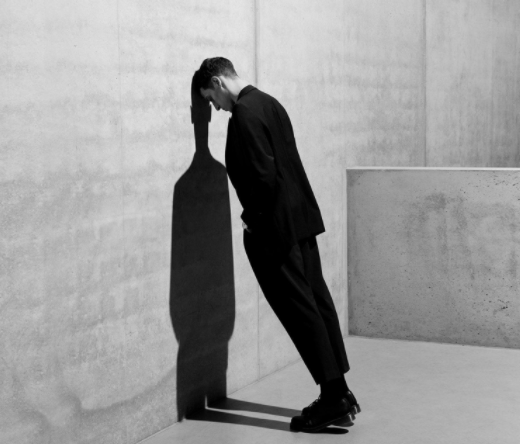Waiting is not my forté. Though I’ve gotten much better at it. I’ll show you how. I am waiting for scan test results (every 3 months I have routine scans to watch for tumor activity), Cole is waiting to hear back from colleges, Hazel is waiting for a package she ordered, Leo is waiting to go for a walk, and Kurt is waiting for all of us to be a little less anxious and cranky while we wait.
Even if you are not waiting for something in particular, we are all waiting for COVID-19 to be a thing of the past. Aren’t we? Katharine Sweeny, PhD, researches how to make waiting easier and has come up with two surprising techniques. I’ve added a third that works for me and many of my clients.
Sweeny’s research found that common strategies like distraction and bracing for the worst actually exacerbate the pain of waiting. What helps?
- Focus on the present with 15 minutes of meditation a week
Regret keeps us stuck in the past and worry throws us into an unstable future, so continually recover your balance in the present. Think of three things that you are grateful for today and say them out loud. Feel all the feelings now rather than push them away. And even you restless folks might want to give meditation another chance when you hear about Kate Sweeny’s study. She focused on 150 California Law students who took the bar exam and were waiting for their exam results. During the four-month waiting period, the students were asked to participate in a 15-minute audio-guided meditation session at least once a week. “Meditation isn’t for everyone, but our study shows that you don’t have to be a master meditator…to benefit from mindfulness,” Sweeny said. “Even 15 minutes once a week, which was the average amount of meditation practiced by our participants, was enough to ease the stress of waiting.”
2. Cultivate a sense of wonder. Have a mini awe-inspiring moment
Sweeny and her team did a second study. This time over 700 students took a fake intelligence exam. While they waited for results, the researchers showed one group a powerful video of a sunrise set to instrumental music, a second group a happy-but-not-awe-inducing video of cute animal couples, and a third group a neutral video of how padlocks are made. “Our research shows that watching even a short video that makes you feel awe can make waiting easier, boosting positive emotions that can counteract stress in those moments,” Sweeny said. This study validated my wacky idea that cultivating wonder is a precursor to joy. But how do we define “awe”? Scientists agree that it involves a feeling of vastness. Some simple ways to induce awe include: watch a Planet Earth video, commit to going somewhere to catch the sunset or sunrise, look up at the stars on a dark night, listen to an audio clip of Carl Sagan’s A Pale Blue Dot while watching footage of the Earth as seen from space, consider how the trees have been dormant for months and yet come back to life each spring. How do you cultivate a state of wonder, especially now? Where do you find mini awe-inspiring moments?
3. Flip What If? To Why Not?
My friend Kari inspired me to try this simple, effective technique. When we are waiting, it’s easy to worry and spiral down the negative “What if?” chain, “What if the medical test results are bad? What if I get rejected from every college? What if my package is lost? Often “What if?” questions feel like predictions and they catapult us out of the present into a scary future. They are not predictions, they are only the mind trying to respond to uncertainty.
Try flipping the question from What if? to Why not?
- Why not picture everything working out for the best?
- Why not give yourself permission to rest or play while you wait?
- Why not trust that you are resilient and resourceful, no matter what the results?
Waiting can be brutal. But it doesn’t have to take over our lives. These techniques might be worth trying. Why not? 😉
Love,
Susie
image credit: ignant.com

